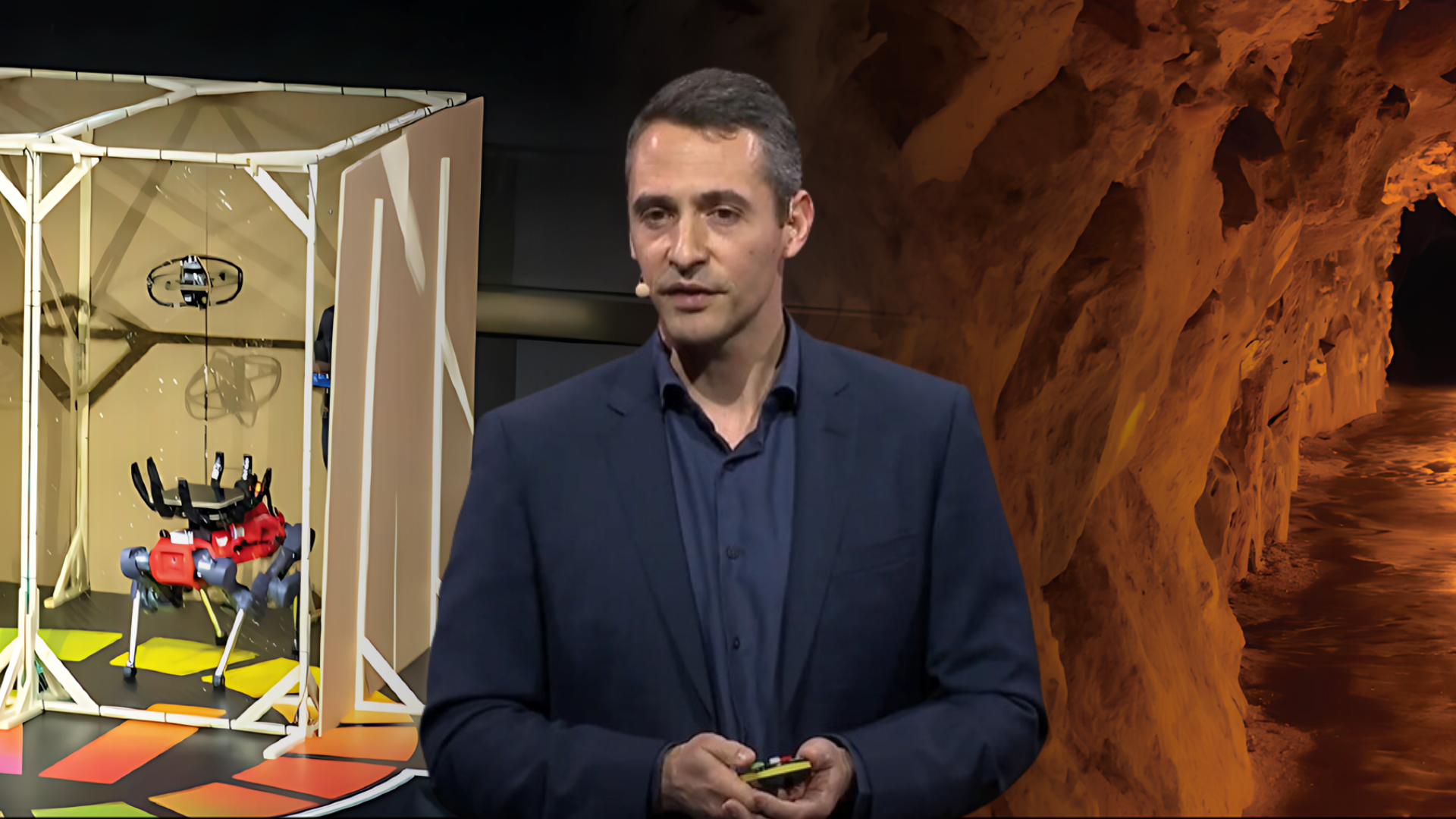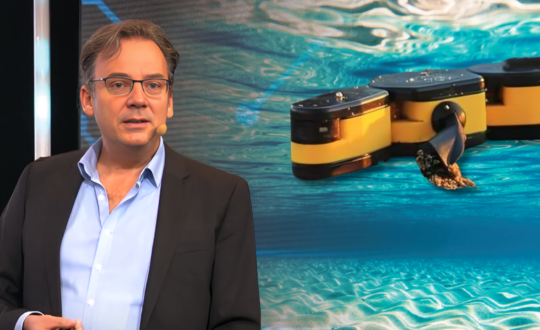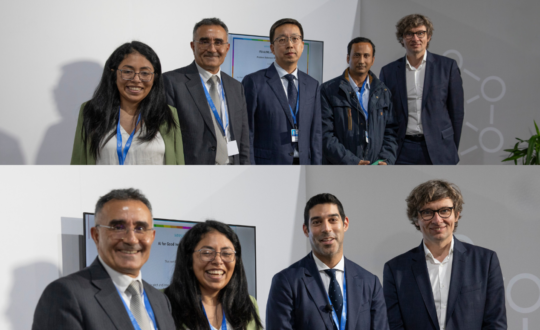In the ever-evolving field of robotics, the potential for autonomous robots to navigate and perform tasks in extreme and diverse environments is becoming increasingly viable. Kostas Alexis, a Professor of Robotics at the Norwegian University of Science and Technology, showcased the advancements in autonomous robotics focusing on robots capable of operating “in the wild” at the 2024 AI for Good Global Summit.
The session highlighted the potential applications of these technologies in both natural and industrial settings, demonstrating how resilient robotics can revolutionize exploration and maintenance tasks.
The Vision of Robot Autonomy in the Wild
Alexis and his team aim to develop robots that can function autonomously in any environment, regardless of its harshness or complexity. This vision, termed “robot autonomy in the wild,” seeks to equip robots with the ability to explore extreme natural habitats such as underground caves and glaciers, as well as monitor and maintain critical infrastructure and industrial facilities.
To illustrate this capability, Alexis presented a live demonstration featuring a legged robot and a drone working together. The demonstration showcased the use of these robots in a simulated environment, where the legged robot carried the drone to a point where it could not proceed, at which point the drone was deployed to continue the exploration. This setup emphasized the importance of multiple sensory inputs and the integration of various robotic systems to navigate complex environments.
Overcoming the Challenges of Autonomy
One of the major hurdles in achieving true robotic autonomy is the disparity between human and robotic capabilities, a phenomenon known as Moravec’s Paradox.
“What is hard for humans, for example doing complex mathematical calculations, is very easy for AI or tends to be very easy for robots, and […] what is easy for humans, such as maneuvering around any complex environments, […] tends to be still very difficult for robotic systems,” Alexis noted.
This paradox highlights the current limitations of robots in performing tasks that humans find intuitive and straightforward.
The research team at NTNU is working to address these challenges by enhancing the resilience of robots. This includes improving how robots perceive their surroundings through sensors like cameras, laser scanners, and radars, and how they process this information to understand and interact with their environment. Alexis emphasized the importance of redundancy, robustness, and the ability to generalize from previous experiences as key factors in achieving resilient autonomy.
Demonstration of Robotic Capabilities
The presentation featured several examples of the team’s work, including a drone navigating through dense smoke using a combination of LIDAR and radar sensors and a quadruped robot autonomously exploring an underground mine. These demonstrations showcased the potential of these technologies to operate in environments where human presence might be hazardous or impossible. These robots, designed to function autonomously, without human teleoperation, make invaluable assets for remote and dangerous tasks.
One of the key areas of application for these resilient robots is in the monitoring and maintenance of critical infrastructure. The team showcased how drones and legged robots could inspect ballast tanks of ships, nuclear power plants, and underground mines. By providing high-detail 3D models of these environments, these robots can help identify potential issues and prevent environmental disasters, thus ensuring the safety and sustainability of critical infrastructure.
Future Directions and Applications
Alexis also discussed the potential for further specialization of robots to suit specific ecological niches. This concept, known as computational co-design, involves designing both the physical form and control systems of robots to optimize their performance in particular environments, such as forests or urban areas. This approach could lead to more efficient and effective robots tailored to specific tasks and environments.
Additionally, the team is exploring bold applications such as using autonomous systems to help fight wildfires, a critical area of concern given the increasing frequency and intensity of such events.
“Resilient autonomy is very hard to achieve but also an exciting endeavor for us to manage,” Alexis concluded.
He acknowledged the ongoing efforts to push the boundaries of robotics, underscoring the importance of resilience and adaptability in autonomous systems.
As the field of autonomous robotics continues to advance, the work of Alexis and his team at NTNU offers a glimpse into a future where resilient robots can operate in the wild, providing invaluable services in both natural and industrial settings. Their efforts are not only pushing the boundaries of technological innovation but also paving the way for safer and more sustainable management of our environment and infrastructure.


















